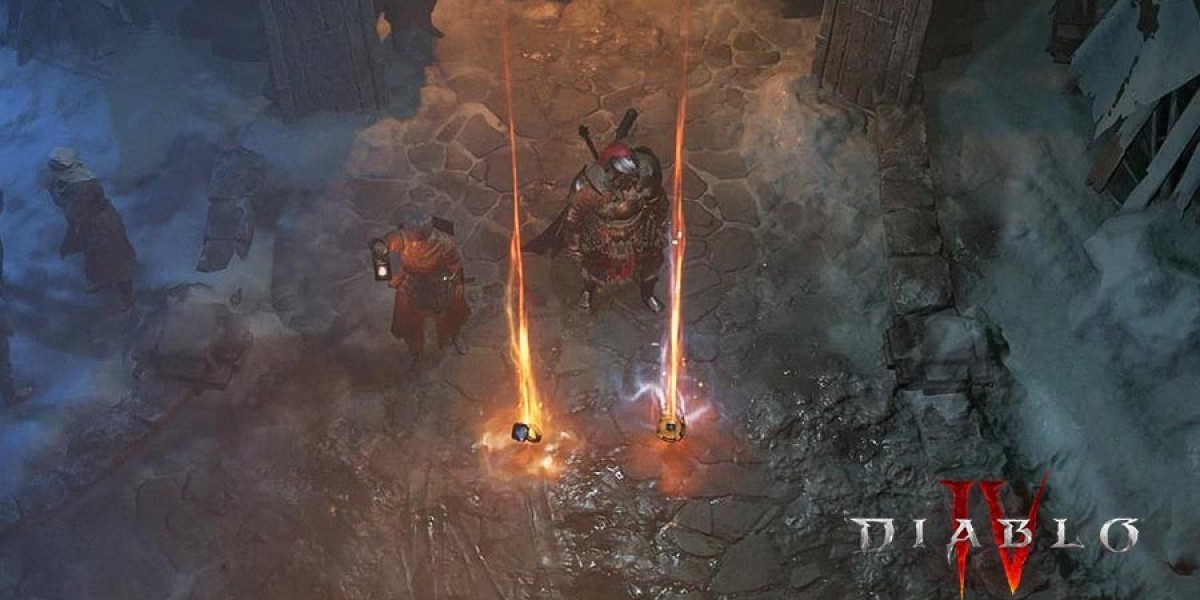Manga has always been a dynamic and immersive storytelling medium, but what if you could take that experience to the next level? Augmented reality (AR) technology is rapidly evolving, and it's starting to make its way into the world of manga. With AR, readers can interact with manga in ways that were once only imaginable—characters could leap off the page, backgrounds could shift in real time, and even fight scenes could unfold right before your eyes.
But is AR-powered manga the future of reading, or is it just a passing trend? In this deep dive, we’ll explore how AR is changing manga, its potential benefits and drawbacks, and whether platforms like Manga go could eventually adopt this technology.
How Does Augmented Reality Work in Manga?
Augmented reality blends digital elements with the real world, enhancing how we experience visuals and storytelling. In the context of manga, AR can transform static panels into interactive animations, 3D models, or even voice-acted scenes.
Some of the ways AR is being integrated into manga include:
AR Manga Apps: Some apps allow users to scan a manga panel with their smartphone camera and watch an animation or interactive content appear.
3D Character Interactions: Readers can view characters in 3D, move around them, and even place them in their real-world environment.
Live Action Enhancements: Some experimental projects overlay voice acting, sound effects, and animated backgrounds onto manga pages.
Virtual Collectibles: AR could enable digital manga collectibles, where users unlock special scenes or artwork by scanning physical manga pages.
The Pros of AR Manga: A New Level of Immersion
1. Bringing Manga to Life
Traditional manga relies on still images to convey motion, emotion, and action. AR takes it further by adding depth and movement, making fight scenes feel more intense, emotions more vivid, and settings more immersive.
Imagine scanning a panel and watching a samurai clash unfold in real time or a romantic moment play out with animated expressions—this could revolutionize how we consume manga.
2. A More Interactive Reading Experience
AR allows readers to go beyond just flipping pages. They can explore different angles of a scene, zoom in on details, or unlock hidden content by interacting with the panels.
For instance, mystery manga could hide clues within the panels, only revealed when viewed through AR. This makes reading more engaging and even gamifies the experience.
3. Enhanced Accessibility
For readers who struggle with small text or static images, AR can make manga more accessible by:
Allowing users to adjust text size dynamically.
Enabling audio descriptions for visually impaired readers.
Offering multi-language translations in real-time, helping international fans read their favorite series.
4. Blending the Digital and Physical Worlds
With AR, physical manga volumes aren’t just for collecting—they become portals to a digital experience. Readers could scan a page and instantly access behind-the-scenes content, author interviews, or concept art, making physical manga more valuable than ever.
The Challenges: Is AR Manga Practical?
While AR manga sounds exciting, there are significant hurdles that could slow its widespread adoption.
1. Technology Limitations
Current AR tech requires a smartphone, tablet, or AR headset to function. Not everyone has access to high-end AR devices, and using a phone to scan every panel might be more effort than just reading traditionally.
2. Higher Production Costs
Manga publishers already operate on tight budgets. Adding AR features means additional costs for animation, 3D modeling, and interactive programming. Smaller publishers may struggle to afford such innovations, making AR manga a niche product for now.
3. Will Fans Actually Want It?
Manga has been enjoyed in its traditional form for decades. While anime brings manga to life through animation, many readers still prefer the simplicity of black-and-white panels. AR might not appeal to purists who love the classic reading experience.
4. Internet and Device Dependency
Unlike traditional manga, which can be read anytime, anywhere, AR manga relies on internet access, a compatible device, and battery life. This could make it less convenient for readers who prefer offline binge-reading.
How Could AR Change Manga Sites Like Mangago?
Mangago, a popular online manga reading platform, currently offers a huge collection of manga for free. While it doesn’t support AR yet, it’s possible that future versions of online manga readers will incorporate AR features.
Potential AR additions to sites like Mangago could include:
Interactive Panels: Clicking or scanning a panel could reveal hidden animations or extra content.
Live Translations: AR could offer real-time translations, allowing readers to experience manga in their native language instantly.
Virtual Library Spaces: Readers could create a 3D manga library where they browse and interact with their favorite series in an immersive space.
Although Mangago currently focuses on traditional web-based manga, the rise of AR could push platforms to evolve beyond static pages.
The Future of AR in Manga: Is It Inevitable?
While AR manga is still in its early experimental stages, it’s likely that major publishers will explore its potential in the coming years. As AR technology improves and becomes more affordable, we could see:
More publishers embracing AR-enhanced editions of popular manga.
Hybrid formats where manga is available in both traditional and AR-enhanced versions.
Integration with VR (Virtual Reality) for fully immersive manga storytelling.
However, AR is unlikely to replace traditional manga completely. Instead, it will probably become a complementary experience, much like how anime and digital manga coexist today.
Final Verdict: Hype or the Future?
So, is AR manga just a passing hype, or is it the future?
It’s both. Right now, AR manga is more of an experimental concept than a mainstream reality. The technology still has limitations, and many fans are happy with traditional manga formats. However, as AR tech becomes more seamless and affordable, it has the potential to enhance the manga experience in exciting ways.
For now, manga lovers can continue enjoying their favorite series on platforms like Mangago, but the day may come when reading manga means stepping inside the story itself.



